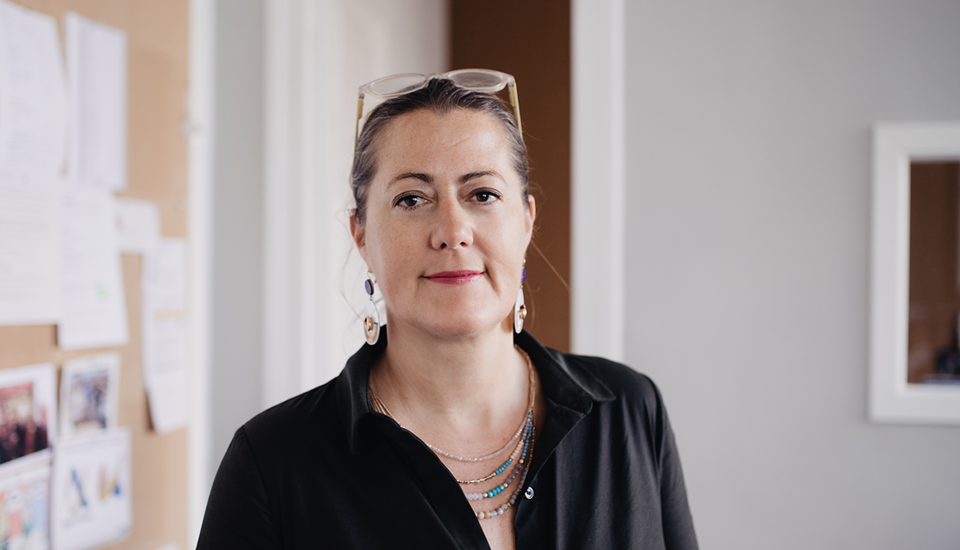Is the size of the work a factor that determines when the figure the lighting designer becomes necessary within the project team?
We are normally requested to join the team, either on larger projects that are accustomed to working with a lighting designer or, where there is a specific challenge the project is facing, independent of their scale. Let me clarify this further through some examples: A project that has the maximum grade of architectural protection implies that the Heritage Commission is involved in any kind of intervention and requires many different steps to achieve the desired outcome, hence a good reason to have a professional lighting designer on board. A project that has large daylight contribution, needs to assess the daylighting and night lighting scheme differently prior to its project development, hence another good reason to have a professional lighting designer on board.
You have worked on the reforms of the great hotel icons of Barcelona, such as the Fairmont – King Juan Carlos I and Sofia, and you are developing the project of the new Nobu. What role does lighting play in projects of this level?
Lighting plays a big role within architectural projects but as I understand it, it always needs to follow/interact, with the architecture. Therefore, the most important challenge is the collaboration with the entire design team. We are part of an overall design and team. In large projects such as the ones that you mention, other key factors come to play besides the aesthetic aspects. How will the building be used and maintained and how can the goals be achieved within the budget limitations that every project has these days? The lighting designer develops therefore parallel strategies, the overall design response while providing the analysis and proposal of its functional and maintenance use.
The figure of the lighting designer board competitions of interior architect, product designer, technician… In these years has there been an evolution in the profession? What are the main changes you can tell us since you started working?
The lighting designer mostly, becomes lighting designer by chance. Most of us started studying either architecture or interior design and by chance, became aware of this profession, in my case, I stumbled across it during an internship at an architecture firm working with daylighting. So indeed, and given our backgrounds, we embrace different disciplines. These days there seems to be more awareness of this profession. International projects normally do require a professional lighting designer on board and national projects are more and more, asking for fee proposals. Overall a great sign!
Catalogue lights or customized pieces? What kind of relationship and exchange do you usually have with the manufacturers?
Most projects require both! After the design, function and maintenance strategy is developed, and we start the selection of main manufacturers. In large projects and/or projects that are looking for a very distinct aesthetic, custom fixtures are developed, these again, with manufacturers. The relationship with manufacturers has to be good and fluid, you need to be informed of all new items and have trustworthy persons for technical and pricing inquiries.

The introduction of LED technology, at the beginning, also entailed a loss of “warmth” and sometimes “quality” in many spaces, for example, in the hotel trade. Which is the state of art?
Indeed, the first thing we missed once the LED technology was introduced, was the warm 2200-2800ºK range and the one thing we had too much was light output. Initially, from restaurants to masterplans that changed to LED technology, more light was used than needed, and in a colder color temperature. Thankfully, LED technology has developed further and nowadays full spectrum reproduction from warm to cold light and projects have adapted to the technology, overall providing the “right light at the right time”.
Confess, do you have a nostalgia for incandescence?
Even though it is true that LED technology has widely developed and provided good alternatives, sometimes I still miss it. To give you an example, it is difficult to find led fittings that provide very little light, for example in case of the catenaries and …dimming has become a nightmare!
Beyond the light, what are the aspects of technological innovation that a lighting designer has to master? – Do you see any relevant technological novelty on the horizon? The lighting designers main task is to work with the human perception in order to achieve the given objective within a particular space. Providing lux levels, color temperature, optical fixture, protocols and technology requirements, are all part soft it, but not all of it. We could say we need to address space and human perception through technology. Regarding technology, LED development is not moving as fast any more as it has reached a good market standard. The innovation these days is more and more about connectivity and protocols, foreseeing for a near future spaces without necessity of wiring or switching.

